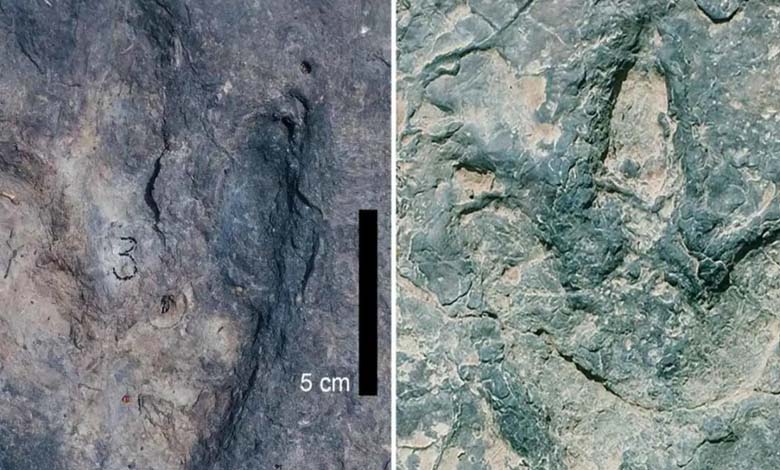260 “Identical” Dinosaur Footprints Found in These Two Countries

Paleontologists have discovered more than 260 identical dinosaur footprints from the early Cretaceous period, both in Cameroon and Brazil, back when the two regions were adjacent, even though they are now separated by over 6,000 kilometers.
-
Revealing the Identity of the Buyer of the Most Expensive Dinosaur Skeleton
-
Uncovering the secrets of feathers solves the mystery of flying dinosaurs
A study published on Monday by the New Mexico Museum of Natural History and Science revealed that an identical set of dinosaur footprints found in Africa and South America formed paths similar to roads or trails 120 million years ago, before the continents split apart.
According to CNN, Louis Jacobs, a paleontologist at Southern Methodist University in Texas and the lead author of the study, said that these tracks show that the dinosaurs were similar in shape, age, and geological context.
-
Scientists Uncover the Anatomical Secret Behind Whale Songs
-
Why do the sizes of animals shrink over time?
He added, “The muddy sediments left behind by rivers and lakes contain dinosaur footprints, documenting that these river valleys could provide specific paths for life and travel 120 million years ago.”
Jacobs explained that the footprints were etched in mud and silt along the ancient rivers and lakes that once existed on the supercontinent Gondwana, a large landmass that later broke apart to form Africa, South America, Antarctica, Australia, New Zealand, the Arabian Peninsula, and the Indian subcontinent.
-
Humanity is in danger… NASA sets the date for the collision of the “Lost Asteroid” with Earth
-
Terrifying Details… Study predicts human extinction this year
He continued, saying, “One of the smallest and narrowest geological connections between Africa and South America was the region of northeastern Brazil, opposite what is now Cameroon, along the Gulf of Guinea.”
Jacobs also noted, “The two continents were connected along this narrow strip, allowing animals on both sides to move across it,” adding that vegetation fed herbivorous animals and supported the food chain.
-
Warning of human mass extinction
-
A giant sea monster discovered in Morocco: an animal that devoured everything it saw
Africa and South America began to drift apart more than 100 million years ago, causing giant cracks in the Earth’s crust, and over time, the South Atlantic Ocean filled the space between the two continents.
Researchers found dinosaur footprints, ancient river and lake deposits, and fossilized pollen in areas where the two continents were once adjacent.
-
600-year-old coral reefs reveal climate secrets
-
Tunisia: Smuggling of 5 Archaeological Manuscripts Thwarted
According to CNN, Diana Vineyard, a researcher involved in the study, said that most of the fossilized footprints were made by three-toed dinosaurs, while a few may have belonged to larger, four-legged dinosaurs with long necks and tails, known as ornithischians, a type of dinosaur with bird-like structures.
The tracks tell the story of how the movements of massive land masses created ideal conditions for dinosaurs to thrive, before the supercontinent broke apart into the seven continents we know today.












